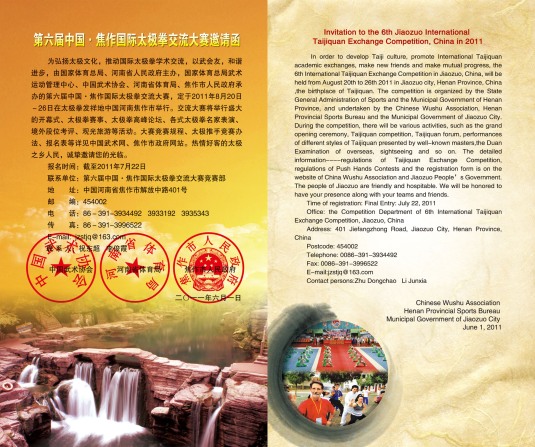The term qi-gong (pronounced «chee kung’) is formed by two Chinese characters: «qi» (energy) plus «gong» (work or practice). Its closest translation is «energy cultivation» requiring the integration of mind and body.
It is based on the concept of Chinese qi physiology; the ancient Chinese believed qi was the most fundamental entity making up the world, and everything in the universe resulted from the movement and change of qi. By tracking and building up our own qi, a practitioner of qi-gong can activately realign all levels, move together or create new internal environments in the body.
Moreover, this kind of self-practice exercise helps to attain a higher level of intellectual and spiritual states of mind. Qigong is the Chinese philosophy and practice of aligning breath, physical activity and awareness for mental, spiritual and body health.
- History
- Theory
- Practice
- Dynamic, Static and Meditative qigong
- Applications
- Health, Self-cultivation, Martial arts
Based on www.wikipedia.org
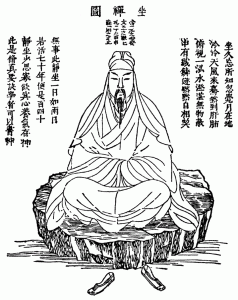 Taoism includes a number of meditative and contemplative traditions (described in the I Ching, Tao Te Ching, Chuang Tzu and Tao Tsang among other texts). The multitude of schools relating to Qigong, Neigong, Internal alchemy, Daoyin and Zhan zhuang is a large, diverse array of breath-training practices in aid of meditation. Taiji Quan is often referred to as “meditation in motion”.
Taoism includes a number of meditative and contemplative traditions (described in the I Ching, Tao Te Ching, Chuang Tzu and Tao Tsang among other texts). The multitude of schools relating to Qigong, Neigong, Internal alchemy, Daoyin and Zhan zhuang is a large, diverse array of breath-training practices in aid of meditation. Taiji Quan is often referred to as “meditation in motion”.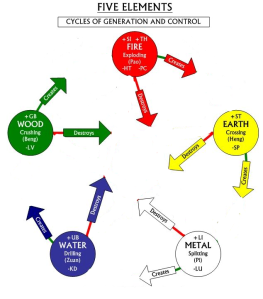 The system of five phases or five element theory is used for describing interactions and relationships between phenomena. It was employed as a device in many fields of early Chinese thought, including geomancy or Feng shui, astrology, traditional Chinese medicine, music, military strategy and martial arts.
The system of five phases or five element theory is used for describing interactions and relationships between phenomena. It was employed as a device in many fields of early Chinese thought, including geomancy or Feng shui, astrology, traditional Chinese medicine, music, military strategy and martial arts.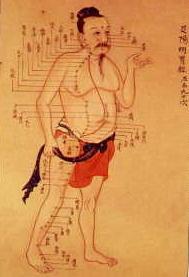
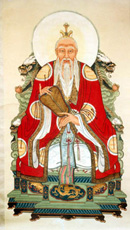
 The symbol of the I Ching is the bagua, its symbol for thousands of years. This pattern, when viewed in the context of a concern or question, sends a message of timeless advice and insight.
The symbol of the I Ching is the bagua, its symbol for thousands of years. This pattern, when viewed in the context of a concern or question, sends a message of timeless advice and insight.
